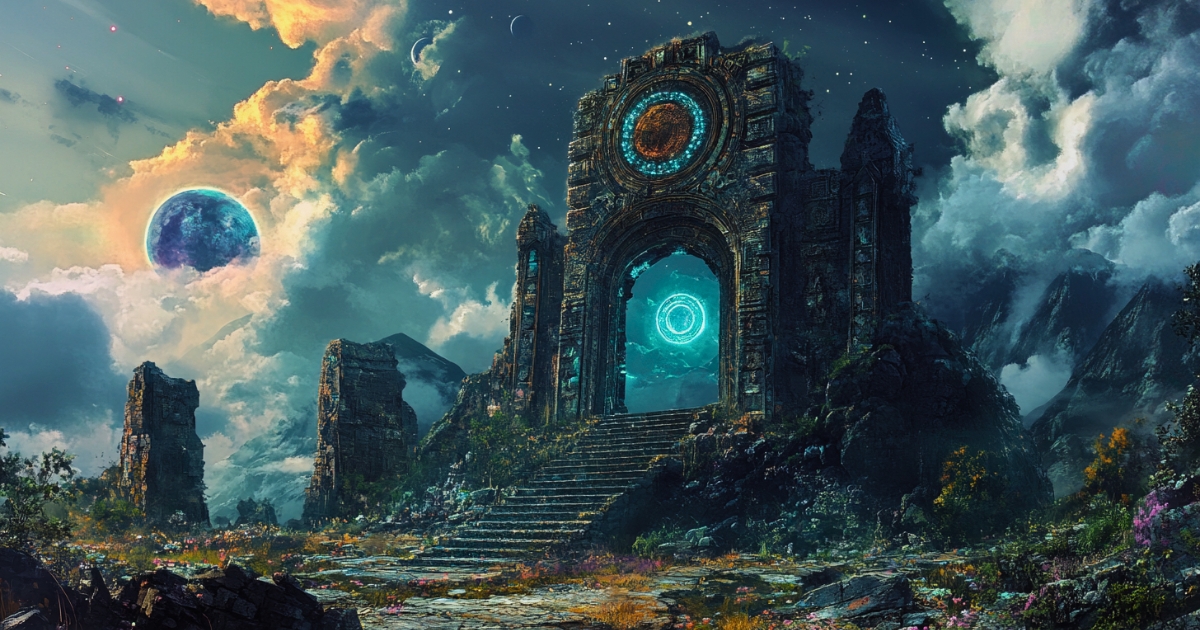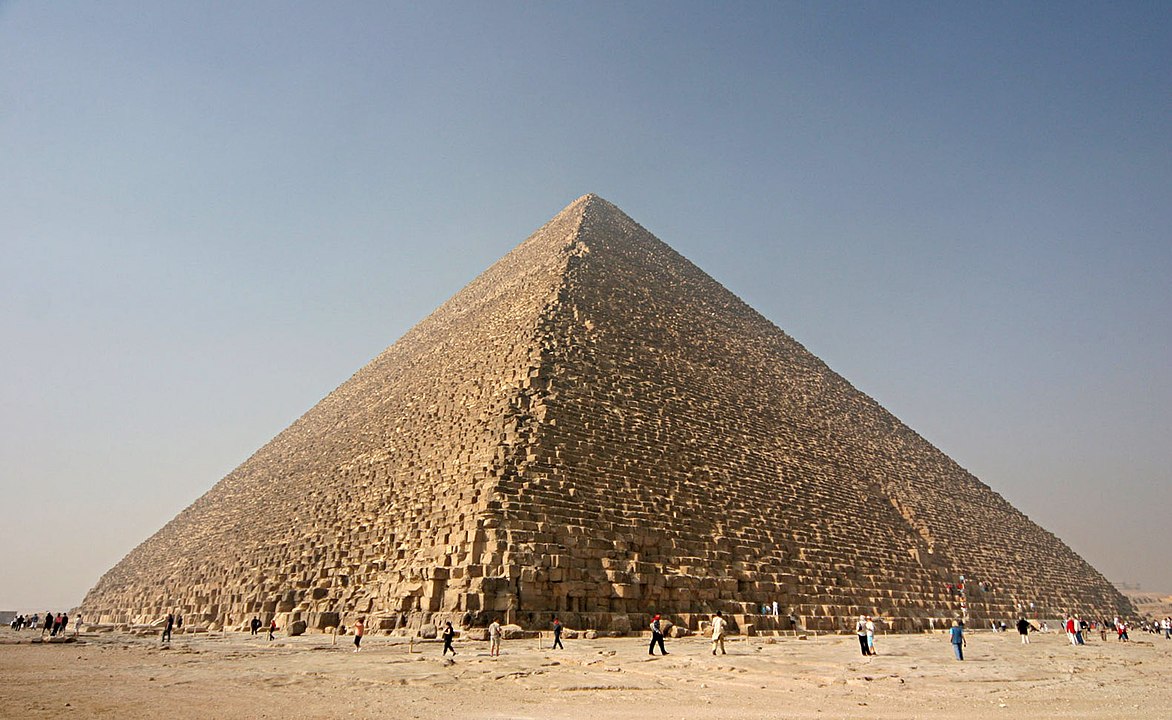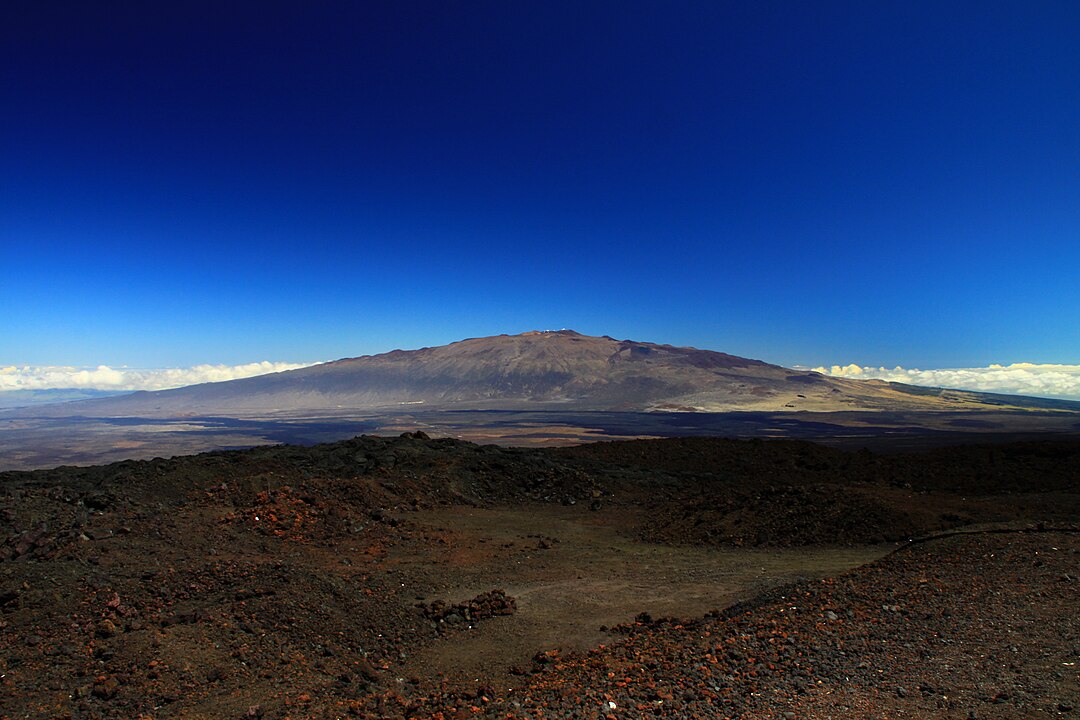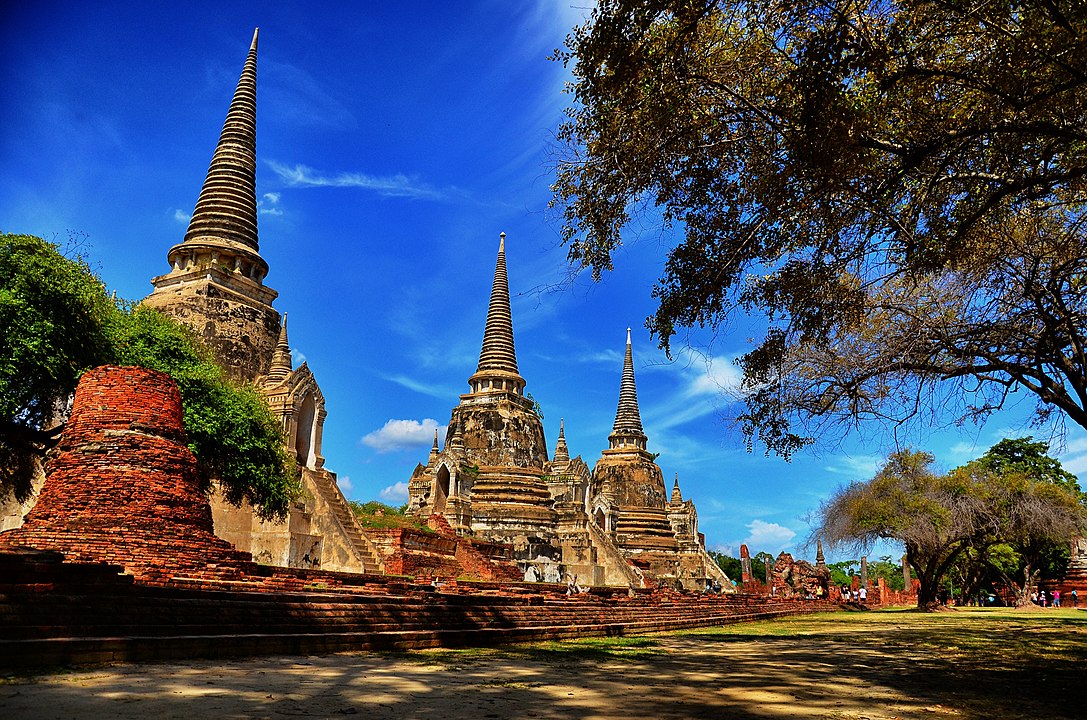Throughout history, certain places have been believed to possess special energy. Known as sacred sites, these locations continue to captivate many. This article introduces 11 major sacred sites worldwide, detailing their characteristics, history, energetic properties, and effective ways to experience them. We’ll also explore methods to incorporate the energy of these sites into daily life.
- Machu Picchu (Peru)
- Sedona (United States)
- Stonehenge (England)
- Uluru (Australia)
- Glastonbury Tor (England)
- The Great Pyramid of Giza (Egypt)
- Mont Saint-Michel (France)
- Ubud, Bali (Indonesia)
- Mauna Kea (Hawaii)
- Nazca Lines (Peru)
- Ayutthaya Ruins (Thailand)
- General Tips for Visiting Sacred Sites
- Incorporating Sacred Site Energy into Daily Life
- Incorporating Sacred Site Energy into Daily Life (Specific Scenarios)
- Conclusion
Machu Picchu (Peru)

Pedro Szekely at https://www.flickr.com/photos/pedrosz/, CC BY-SA 2.0, via Wikimedia Commons
Characteristics and History
Machu Picchu is an ancient Incan ruin located at 2,430 meters in the Andes Mountains. Built around the 15th century, this city remained hidden from the outside world until its “rediscovery” by archaeologist Hiram Bingham in 1911.
Energetic Properties
Machu Picchu is often referred to as the Earth’s “crown chakra,” believed to promote spiritual awakening and connection to higher consciousness.
Tips for Visiting and Effective Experience
- Visit early in the morning to experience the sunrise and feel the site’s energy more intensely.
- Practice meditation or deep breathing, focusing on connecting with the surrounding nature.
- Spend time near the “Sun Gate” or the Intihuatana stone sundial to potentially experience stronger energy.
Sedona (United States)

By Terrydarc – Own work, CC BY-SA 3.0, Link
Characteristics and History
Located in Arizona, Sedona is famous for its red rock mountains and canyons. Long known as a sacred site for Native Americans, it attracts many spiritual seekers.
Energetic Properties
Sedona is said to have multiple “vortexes,” believed to be intersections of the Earth’s energy lines. These are thought to enhance creativity, self-awareness, and healing.
Tips for Visiting and Effective Experience
- Visit major vortex sites like Cathedral Rock and Bell Rock.
- Practice meditation or yoga to experience the site’s energy more deeply.
- Join a tour with a local guide to learn more about Sedona’s history and spirituality.
Stonehenge (England)

By garethwiscombe – https://www.flickr.com/photos/garethwiscombe/1071477228/in/photostream/, CC BY 2.0, Link
Characteristics and History
Stonehenge, located on Salisbury Plain in southern England, is a megalithic monument built between 3000 and 2000 BCE. Its exact purpose remains a mystery, but it’s believed to have been used for astronomical observations and religious ceremonies.
Energetic Properties
Stonehenge is said to be located at an intersection of Earth’s energy lines and possess a strong magnetic field. It’s believed to promote spiritual growth and self-discovery.
Tips for Visiting and Effective Experience
- Visit during solstices or equinoxes for potentially stronger energy experiences.
- Walk quietly around the monument, observing the stone placements and surrounding landscape.
- If possible, visit at dawn or sunset to experience the relationship between the monument and the sky.
Uluru (Australia)

By Ek2030372672 – Own work, CC BY-SA 4.0, Link
Characteristics and History
Uluru (Ayers Rock), located in central Australia, is known as the world’s largest monolith. It’s a sacred site for the Aboriginal people and has been central to their culture and spirituality for tens of thousands of years.
Energetic Properties
Uluru is sometimes called the Earth’s “root chakra,” symbolizing connection to the earth, stability, and fundamental life force.
Tips for Visiting and Effective Experience
- Visit at sunrise or sunset to observe the changing colors of the rock.
- Walk the paths around the base, observing ancient rock art and patterns.
- Respect Aboriginal culture by not climbing the rock without permission.
Glastonbury Tor (England)
By Eugene Birchall, CC BY-SA 2.0, Link
Characteristics and History
Glastonbury Tor, located in southwest England, is a hill strongly associated with Arthurian legend. It was an ancient Celtic sacred site that later became an important Christian pilgrimage destination.
Energetic Properties
Glastonbury Tor is sometimes referred to as the Earth’s “heart chakra.” It’s said to emit energies of love, harmony, and healing.
Tips for Visiting and Effective Experience
- Meditate at the top of the hill near St. Michael’s Tower.
- Visit nearby sacred wells (Chalice Well and White Spring) and touch their waters.
- Participate in local energy workshops or meditation groups to experience the site’s energy more deeply.
The Great Pyramid of Giza (Egypt)
Characteristics and History
The Pyramids of Giza in Egypt are known as one of the Seven Wonders of the Ancient World. The Great Pyramid of Khufu, built around 2560 BCE, showcases the extraordinary architectural skills of ancient Egyptian civilization.
Energetic Properties
The pyramids are considered focal points of cosmic energy, particularly believed to promote spiritual awakening and connection to higher dimensions of consciousness.
Tips for Visiting and Effective Experience
- Visit early morning or at dusk to quietly observe the pyramids and desert landscape.
- If possible, join a tour inside the pyramid to directly experience the ancient architecture.
- Meditate in front of the Sphinx to potentially connect with ancient Egyptian wisdom.
Mont Saint-Michel (France)
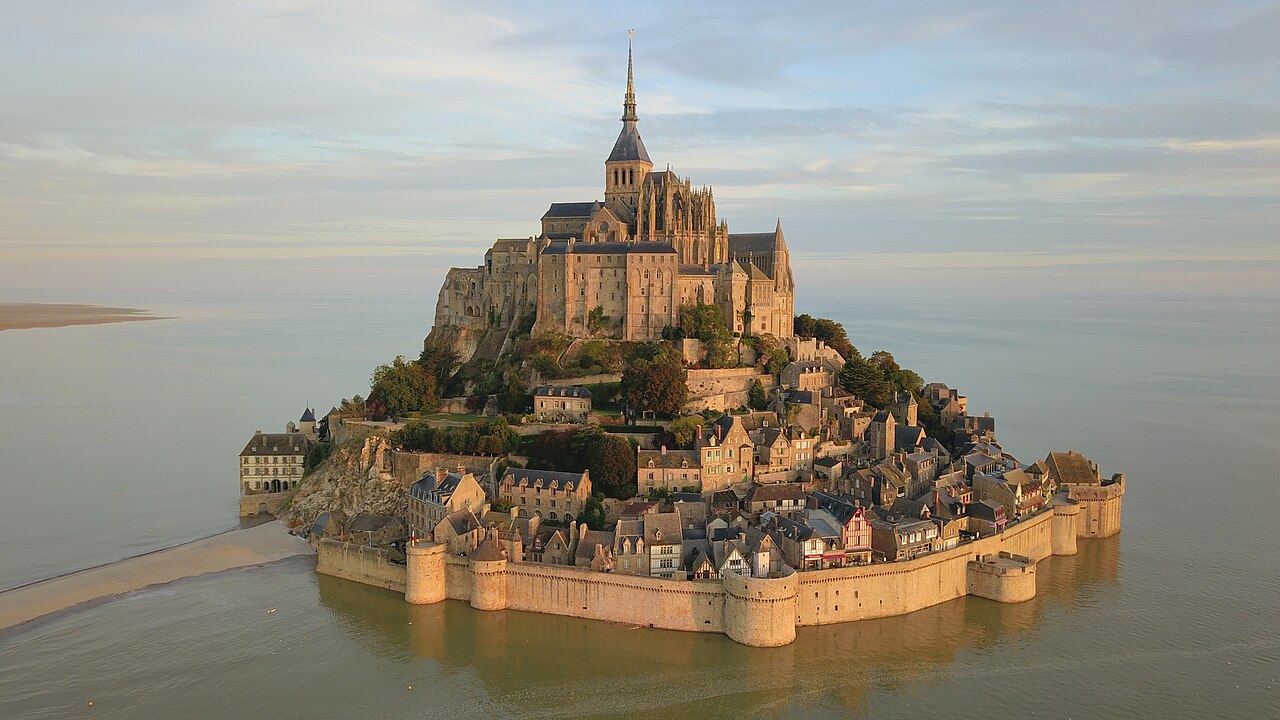
Par Amaustan — Travail personnel, CC BY-SA 4.0, Lien
Characteristics and History
Mont Saint-Michel is a medieval fortified town centered around an abbey built in the 8th century on a small island off the northwest coast of France. Its unique geography allows it to be accessible by land during low tide and surrounded by water during high tide.
Energetic Properties
Mont Saint-Michel is said to be located on the boundary between heaven and earth, symbolizing the harmony between spirituality and materiality.
Tips for Visiting and Effective Experience
- Check tide times and experience the moment when the island becomes surrounded by water.
- Visit the abbey interior for moments of quiet meditation or prayer.
- Walk on the surrounding sands to feel the relationship between the island and the sea.
Ubud, Bali (Indonesia)

By Michael Gunther – Own work, CC BY-SA 4.0, Link
Characteristics and History
Ubud, located in central Bali, Indonesia, is known for its lush nature and unique culture. It has long flourished as a center of art and spirituality.
Energetic Properties
Ubud is said to possess energy that promotes creativity and self-expression. It’s also considered a place to experience harmony with nature and spiritual cleansing.
Tips for Visiting and Effective Experience
- Visit nature-rich locations like the Tegalalang Rice Terrace or the Monkey Forest for deep breathing and meditation.
- Participate in a Balinese Hindu ceremony at a local temple.
- Join a yoga or meditation retreat to experience the site’s energy more deeply.
Mauna Kea (Hawaii)
Characteristics and History
Mauna Kea, located on Hawaii’s Big Island, is considered the world’s tallest mountain when measured from its base on the ocean floor. For native Hawaiians, it’s a sacred mountain believed to connect heaven and earth.
Energetic Properties
Mauna Kea is said to be an intersection of cosmic and earthly energies, believed to promote spiritual awakening and connection to higher dimensions of consciousness.
Tips for Visiting and Effective Experience
- You can drive near the summit, but be cautious of altitude sickness.
- Experience the sunset or stargazing to feel a connection with the cosmos.
- Join a tour with a local guide to learn about Mauna Kea’s sacredness.
Nazca Lines (Peru)
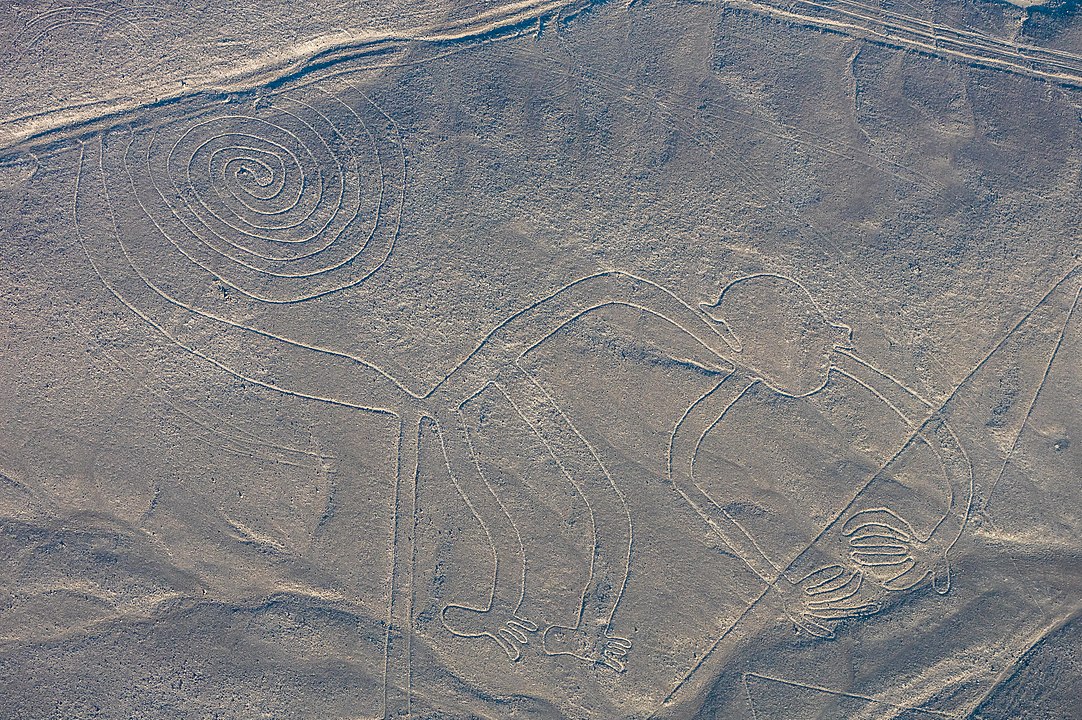
By Diego Delso, CC BY-SA 4.0, Link
Characteristics and History
The Nazca Lines in Peru’s desert are a group of massive geoglyphs created between 200 BCE and 600 CE. Their purpose and method of creation remain mysterious.
Energetic Properties
Some believe the Nazca Lines facilitate communication with cosmic or higher-dimensional beings. They’re thought to enhance creativity and intuition.
Tips for Visiting and Effective Experience
- A small airplane tour is common, but some figures can be seen from ground level.
- Visit the local museum to learn about the lines’ history and meaning.
- Meditate in the desert’s silence to connect with ancient wisdom.
Ayutthaya Ruins (Thailand)
Characteristics and History
Ayutthaya, the ancient capital of Thailand, flourished from the 14th to 18th centuries. Today, it’s a historical park dotted with magnificent Buddhist temples and statues.
Energetic Properties
Ayutthaya is said to possess energy that promotes spiritual purification and inner peace. The giant Buddha statues and temple ruins are believed to concentrate strong energy.
Tips for Visiting and Effective Experience
- Visit major temple ruins like Wat Mahathat and Wat Phra Si Sanphet.
- Sit quietly in front of Buddha statues for meditation or prayer.
- Visit the ruins at sunrise or sunset to feel the atmosphere of the ancient city.
General Tips for Visiting Sacred Sites
When visiting sacred sites, consider the following to be a responsible traveler and respect the site’s energy:
- Respect local culture and customs: Learn about the site’s culture and traditions beforehand. Dress appropriately, especially at religious sites. Adhere to photography rules.
- Practice environmental conservation: Follow the “Leave No Trace” principle. Stay on designated paths and avoid damaging plants or rocks. Choose environmentally friendly transportation when possible.
- Contribute to local communities: Use local guides and tours to support the local economy. Purchase local products and services.
- Be considerate of other visitors: Maintain quietness and avoid disturbing others’ meditation or experiences. Avoid occupying popular spots for extended periods in crowded areas.
- Prepare adequately: Bring appropriate gear for the weather and terrain. Carry sufficient water and snacks, and pay attention to your health.
- Keep an open mind: Try to sense the atmosphere of the place without preconceptions. Be open to learning from the experience, even if it doesn’t meet your expectations.
By following these guidelines, you can help protect sacred sites and their surrounding environments, preserving their energy for future visitors.
Incorporating Sacred Site Energy into Daily Life
Even if you can’t directly visit these sacred sites, it’s possible to incorporate their mystical energy into your daily life. Here are some methods:
Meditation and Visualization
Close your eyes, take deep breaths, and imagine the sacred site you wish to visit. Try to vividly picture the scenery, sounds, and smells as if you were there.
Connect with Nature
Visit local parks, forests, rivers, or beaches to feel nature’s energy. Walking barefoot on the ground or leaning against a tree can help you directly feel the earth’s energy.
Use Crystals
Wear or place crystals associated with sacred sites in your room. For example, you could use red stones (like jasper) related to Sedona’s red rocks.
Aromatherapy
Use scents that evoke the atmosphere of sacred sites. For instance, cedar scent for Japanese shrines or lavender for French landscapes.
Music and Sounds
Listen to music or natural sounds that remind you of sacred sites. This could include healing music, ocean waves, or forest sounds.
Use Photos and Artwork
Decorate your room with photos or paintings of sacred sites to feel their energy daily. Regularly gaze at these images and imagine the site’s energy.
Practice Yoga or Qigong
These Eastern practices can activate the flow of energy in your body, potentially creating effects similar to visiting a sacred site.
Find “Sacred Sites” in Your Daily Life
Discover places in your home or neighborhood that feel special, and use them as personal sacred sites. This could be a chair by a window or a corner in your garden.
Cultivate Gratitude
Many sacred sites symbolize natural wonders or great human achievements. By cultivating gratitude in daily life, you can nurture the harmony and spirituality embodied by sacred sites within yourself.
Regular Digital Detox
In modern society, constant stimulation from electronic devices can disrupt energy flow. Regularly disconnect from electronic devices and spend quiet time in nature to experience healing effects similar to sacred sites.
Incorporating Sacred Site Energy into Daily Life (Specific Scenarios)
For Busy Professionals
- Place small minerals or stones on your desk to feel the energy of sacred sites.
- Meditate briefly in a nearby park during lunch breaks to connect with nature.
- During commutes, view photos or videos of sacred sites and mentally imagine visiting them.
For Parents with Young Children
- Create a small “sanctuary” at home or in the garden with your children, and spend quiet time there together.
- Regularly visit natural places (parks, beaches) as a family for mini sacred site pilgrimages.
- Learn about sacred sites with your children and plan future trips together.
For Remote Workers
- Place houseplants in your workspace to bring in natural energy.
- Regularly open windows for fresh air and take time to view the outside scenery.
- Take breaks to “visit” sacred sites through virtual tours.
For Students
- Place photos or charms related to your dream sacred sites on your study desk.
- Listen to music or natural sounds from sacred sites to relax before exams.
- Learn about sacred sites with friends and plan potential graduation trips.
For Seniors
- Decorate a corner of your home with photos of memorable places or sacred sites you’d like to visit.
- Connect with nature through gardening, turning your garden into a personal sacred site.
- Join yoga or meditation classes at local community centers to balance mind and body.
For Stressed Healthcare Workers
- Listen to short guided meditations on your smartphone during breaks to reset your mind.
- Use an aroma diffuser after work to relax with natural scents.
- Regularly walk or exercise in nature to recharge your energy.
By adjusting these specific suggestions to fit your lifestyle and environment, you can effectively incorporate the energy of sacred sites into your daily life. The key is to practice consistently and find methods that work best for you.
Conclusion
Sacred sites scattered around the world offer us opportunities to feel the energy of the earth and cosmos. Visiting these places can be more than mere tourism; it can be a journey of self-discovery and spiritual growth.
However, the essence of sacred sites lies not in specific geographical locations, but in our ability to feel connected to nature and the universe. By consciously incorporating these energies into our daily lives, we can nurture our own inner sacred sites.
A pilgrimage to sacred sites is both an external journey to visit remarkable places around the world and an internal journey to explore one’s inner self. Through this journey, we can gain insights into harmony with nature, spiritual growth, and the true meaning of life.
May your own sacred site pilgrimage be rich and meaningful.
